Beautiful Sights at PCWD
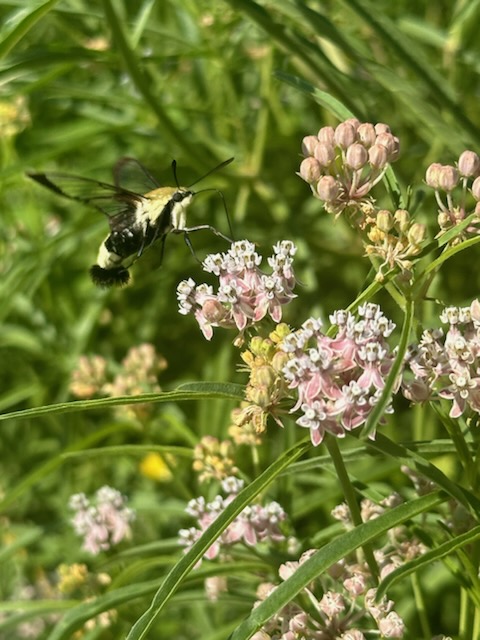
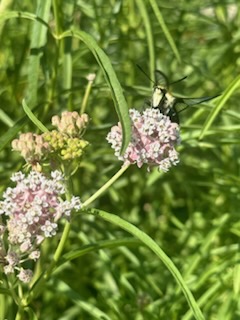
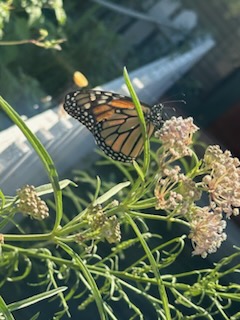
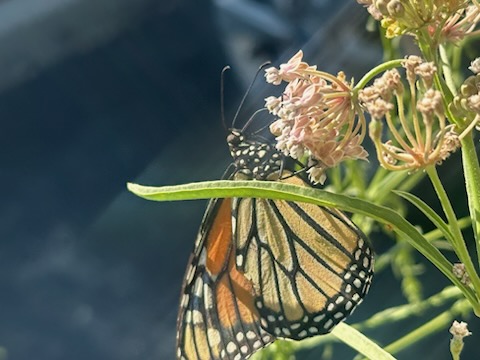
Monarch Butterflies
Archive for Monarch Butterflies




One of the many wonderful things we get to experience in this beautiful mountain town is all the wild life. The spring time is a great time to see the beautiful butterflies touch down in our garden making it even more magical. While butterfly bushes do attract these majestic creatures, it in fact is actually milk weed that Monarch butterflies call home, mate, and lay their eggs.
Planting milkweed will support the monarch populations, and their incredible migration. Monarchs cannot survive without milkweed. Monarch butterflies need milkweed to lay their eggs and the caterpillars of these butterflies only eat milkweed plants. We have lost much milkweed from the natural landscape with shifting land management practices. Planting milkweed is a great way to help other pollinators too because milkweed provides valuable nectar to many types of bees and butterflies.
Adult monarchs will drink the nectar of milkweed and many other flowers. In fact, they need sources of nectar to nourish them throughout the entire growing season. Include a variety of native flowering species with different bloom times to provide monarchs with the food they need to reproduce in the spring and summer and to migrate in the fall. Offering a wide array of native nectar plants will attract monarchs and many other butterflies and pollinators to your habitat all season long.
You can check with local native plant nurseries or greenhouses for their recommendations of good pollinator plants for your area.
Milkweeds can be propagated from seeds, cuttings, and, in some cases, from root divisions. Milkweed seeds can be planted in prepared beds outdoors or started indoors in flats. We recommend the latter approach since germination rates are usually higher indoors and it is easier to establish your milkweeds with transplanted seedlings that are well-rooted and therefore more resistant to weather extremes and pests.
Harvest and Storage of Milkweed Seeds
If you have some milkweed and would like more for next year to promote butterfly a habitat in your garden; the timing of the collection of milkweed pods or seeds is critical. Mature pods are those that are within a day or two of opening. If you squeeze the pods and they don’t open easily, they usually do not contain mature brown seeds. Seeds well into the process of browning and hardening will germinate when planted the next season. Pale or white seeds should be not collected.
Preparation for planting
To stratify seeds, place them in cold, moist potting soil (sterilized soil is best but is not required) in a dark place for several weeks or months. Since most people prefer not to place potting soil in their refrigerators, an alternative is to place the seeds between moist paper towels in a plastic bag. This procedure works well, in part because there are fewer fungi and bacteria available to attack the seeds. After a stratification period of 3-6 weeks, the seeds can be planted in warm (70˚F), moist soil. Without stratification, the percentage of seeds that germinate is usually low.
Germinating, Growing and Transplanting
Milkweed seedlings can be started indoors in a greenhouse or under artificial lighting and then transplanted outdoors after the average date of last frost. If seeds are started indoors, allow 4-8 weeks growing time before transplanting. Plastic flats can be used to start the seeds. Fill the flats with a soil mix thoroughly soak the soil, and let the excess water drain. Sow the seeds by scattering them on the soil surface 1/4-1/2 inch apart, and then cover with about 1/4 inch of additional soil mix. Gently mist the soil surface with water to dampen the additional soil mix that has been added. To improve germination rates, you can place the seeds in packets made from paper towels and soak them in warm water for 24 hours prior to planting. This method seems to work especially well for seeds of species that require stratification.
After the seeds are sown in the flats, cover each flat with a clear plastic cover or a plastic bag to keep the seeds from drying out while germinating. Then, place the flat under grow lights, in a warm sunny window, or in a greenhouse. Most seeds will germinate in 7-10 days if the flats are maintained at 75˚F. After the seeds have germinated, remove the plastic covering from the flats. Once the seedlings have emerged, the soil should be kept moist by watering the flat from the bottom. You can water from the bottom by placing the flat in a sink or a larger flat filled with 2 inches of water until moisture appears on the soil surface. The soil should be kept moist but some care is needed to keep the seedlings from getting too wet to prevent any fungal growth.
The plants are ready to be transplanted when they are about 3-6 inches in height. Before transplanting, acclimate the plants to outdoor conditions for a few days by placing them in a sheltered location during the day and then bringing them indoors at night. The seedlings should be planted 6-24 inches apart depending on the species (check the back of your seed packets for information). Newly transplanted plants should be watered frequently. Add mulch around the seedlings soon after planting. The mulch holds in the moisture and minimizes the growth of competing weeds. The seedlings should be fertilized 2-3 times during the growing season if using water-soluble fertilizer or once a season if you utilize a granulated time-release formulation.
When to Plant
Milkweed seeds can be sown outdoors after the danger of frost has passed. Plant the seeds early since those planted late in the season may not germinate because of high temperatures. Keep in mind that seeds have a range of soil temperatures at which they will germinate. Remember sunny conditions can cause the soil temperatures can be much higher in daytime. Germination outdoors depends on soil moisture and temperature and could take several weeks if conditions are not ideal.
It’s still early in the season but we are witnessing the Monarchs in our garden, enjoying the shade and laying their eggs.
With Monarch Butterflies moving into the endangered species list, we are only allowed to watch as they do their own thing. We hope that Mother Nature is kind and let’s them flourish in our garden without our involvement.
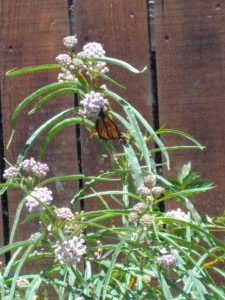
Although we are still waiting to see evidence of the Monarch population in our milkweed garden, the Press Enterprise just published an article that they are emerging.
Read the article here.
https://www.pe.com/2022/06/03/monarch-butterflies-are-emerging-despite-global-warming-drought-and-wildfires/?utm_email=E4998434A5B984ACC47C346A73&g2i_eui=u%2fjiv8ZOi17LJQpmvf8C6MIvhqULILGk&g2i_source=newsletter&lctg=E4998434A5B984ACC47C346A73&active=no&utm_source=listrak&utm_medium=email&utm_term=https%3a%2f%2fwww.pe.com%2f2022%2f06%2f03%2fmonarch-butterflies-are-emerging-despite-global-warming-drought-and-wildfires%2f&utm_campaign=scng-pe-localist&utm_content=curated
We are so excited to have been a part of helping the Monarch population. We estimated at least 150 releases this year and there are still chrysalises and caterpillars in our garden.
Here are a couple of articles:
NBCNEWS.COM – After record low, monarch butterflies return to California
THE MERCURY NEWS – Monarchs flourish in rare Bay Area butterfly breeding boom
Posted in: Garden, Monarch Butterflies
Leave a Comment (0) →We are so very blessed to have this beautiful Monarch Butterfly protected habitat. If you’ve never seen the progression here are some pictures for you to enjoy.
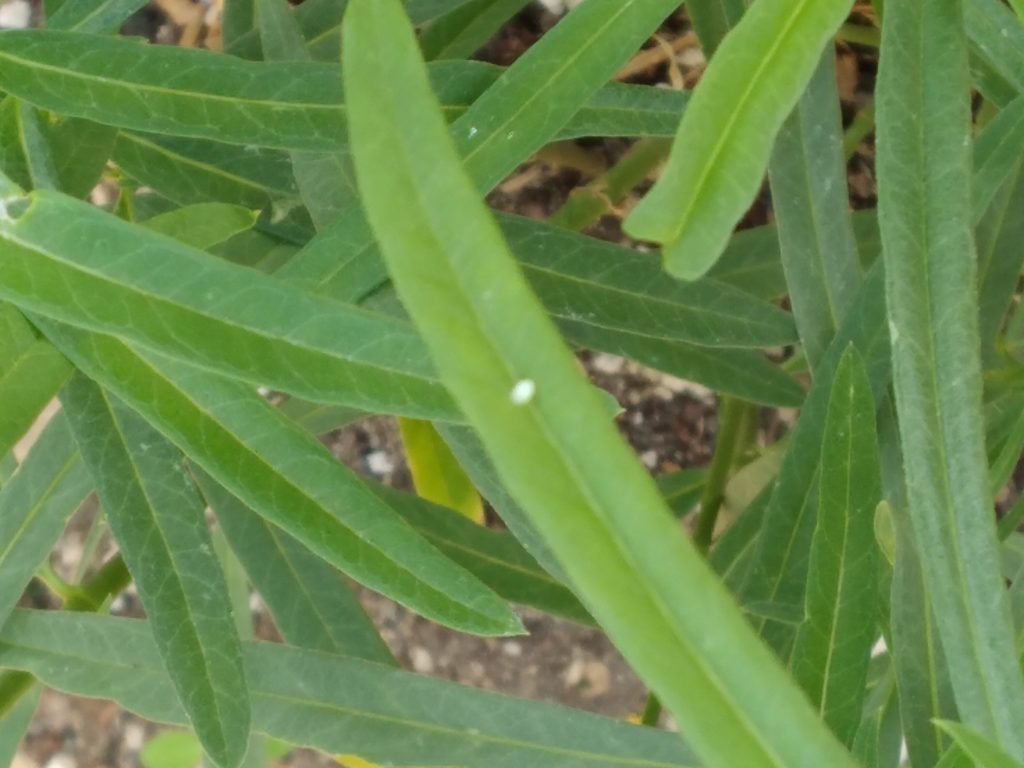
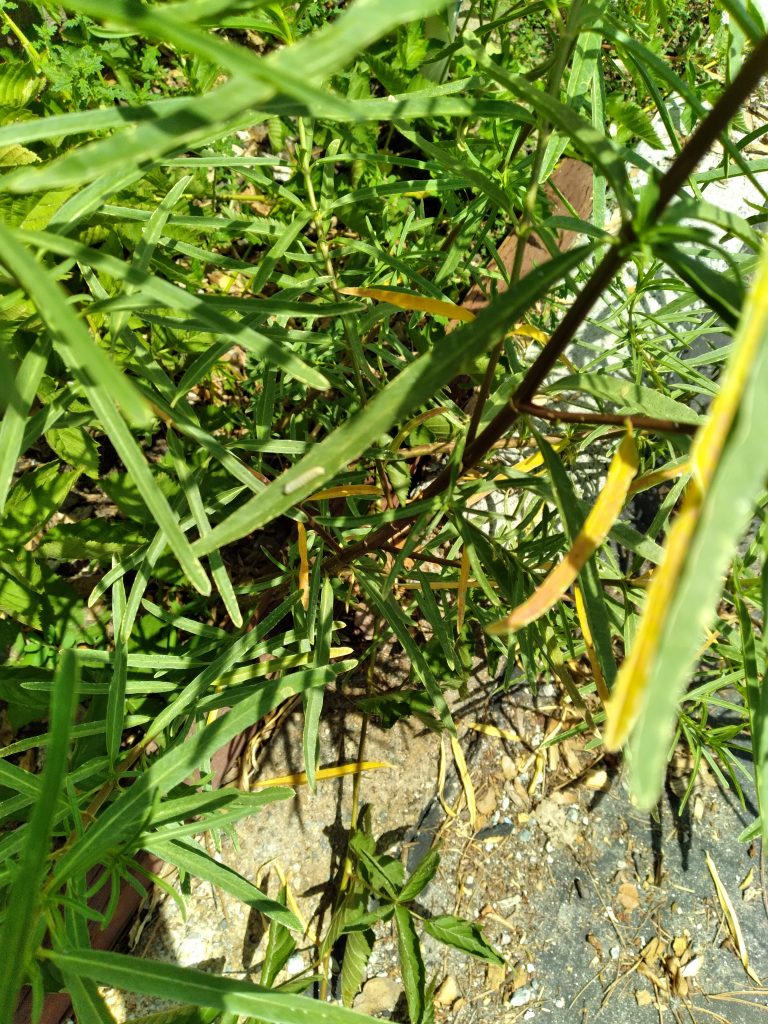
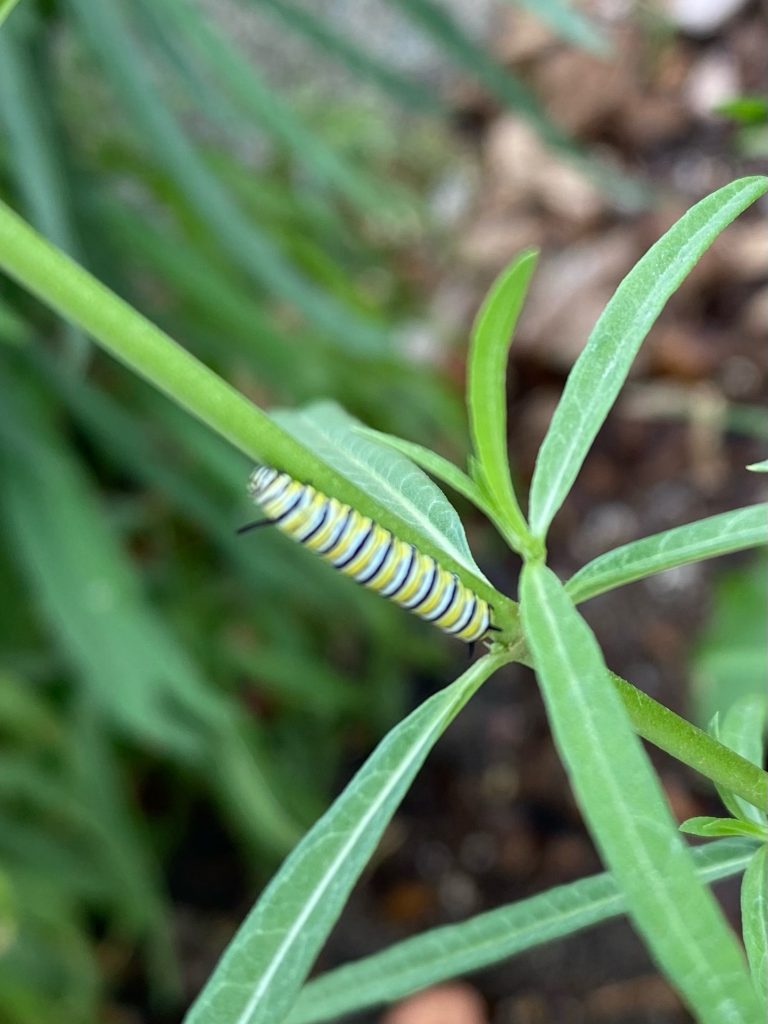
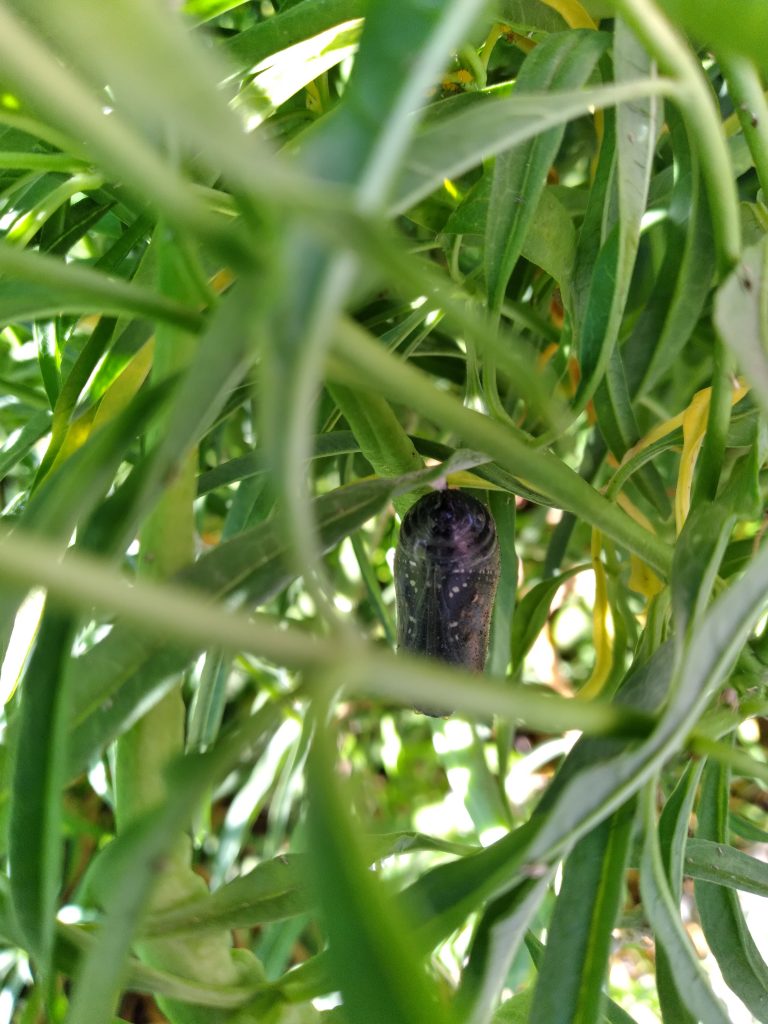
Posted in: Animals, Garden, Monarch Butterflies, The Garden
Leave a Comment (0) →We are so excited to see the Monarch Butterflies coming back to enjoy our butterfly garden. Board member Rose was gracious enough to bring some caterpillars from her garden to ours since we weren’t seeing any and she had an abundance. They almost immediately went into a chrysalis stage and we are awaiting the release.
This year, we have a gate around the garden that they are forming on and we have decided to let nature take it’s course rather than bringing them inside. They look like they’re doing a pretty good job of camouflaging themselves. We’ll keep you updated on their progress.
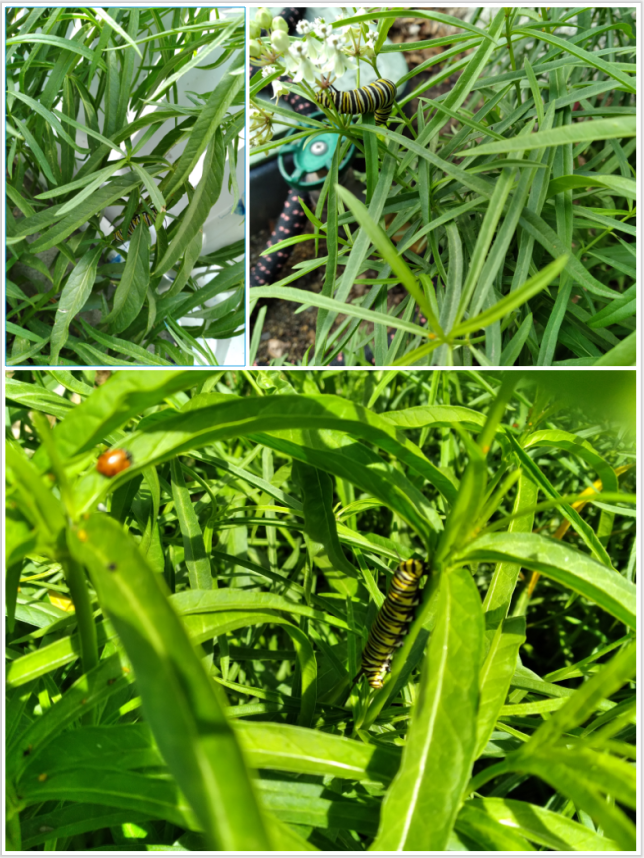
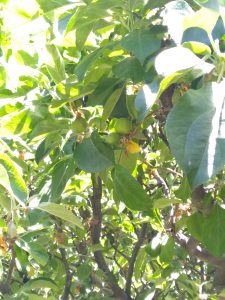
The sun is shining, the birds are building, and the foliage is blooming.
We have the first buds starting on the apple trees and aphids have already found the milkweed. Ladybugs are in short supply and we are looking for any leads on LARGE quantity of live lady bugs.
We are happy to report that a few ladybugs have found their way to our milkweed but with the amount of aphids we’re seeing, we need a whole army. Local suppliers seem to be out and we are wary of having ladybugs shipped and end up arriving dead. Do you have a lead on ladybugs? Let us know so we can help keep our Monarch Butterfly Sanctuary free of aphids without using anything that will harm the butterflies or their larvae.
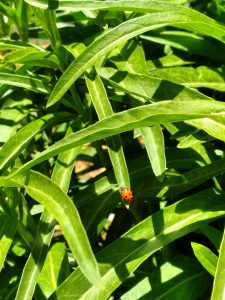
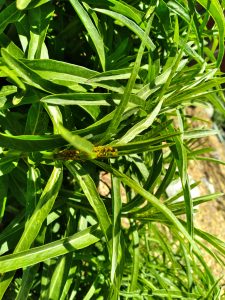
The sun is shining and things are starting to bloom!
It’s not too late to start your own Monarch Butterfly garden. Come by the office for FREE milkweed seeds.
We’ll keep you updated here on the status of our garden(s).
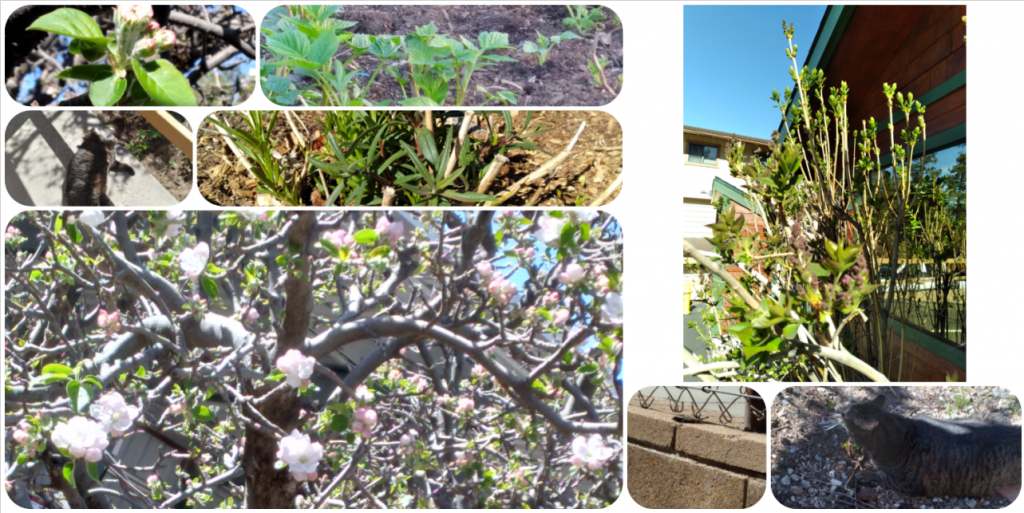
Be a part of the solution to create beautiful Monarch butterfly sanctuary gardens.
PCWD is proud to be a supporter, grower, and protector of the Monarch Butterfly society. As such, we have purchased milkweed seeds (common variety Ascelepias syriaca) and are happy to distribute them to our customers while supplies last.
These milkweed seeds are the key to our monarch’s survival and will grow almost anywhere. If you have availability to plant these 8-12″ apart in 1/2″ of moist light soil in a sunny, well drained spot, come on in to get your seeds!
Milkweed takes 3-4 weeks to germinate and 60 days until it’s full grown. Plant as many seeds as you can: one caterpillar will eat 20-25 leaves!
Here’s a great article from Garden Design all about growing milkweed for Monarchs: https://www.gardendesign.com/plants/milkweed.html.
Thank you for helping save our endangered butterflies…
… one milkweed at a time.
Posted in: Freebies, From the Office, Garden, Monarch Butterflies
Leave a Comment (0) →Pine Cove Water District
24917 Marion Ridge Road • P.O. Box 2296 • Idyllwild CA 92549-2296 • 951.659.2675
